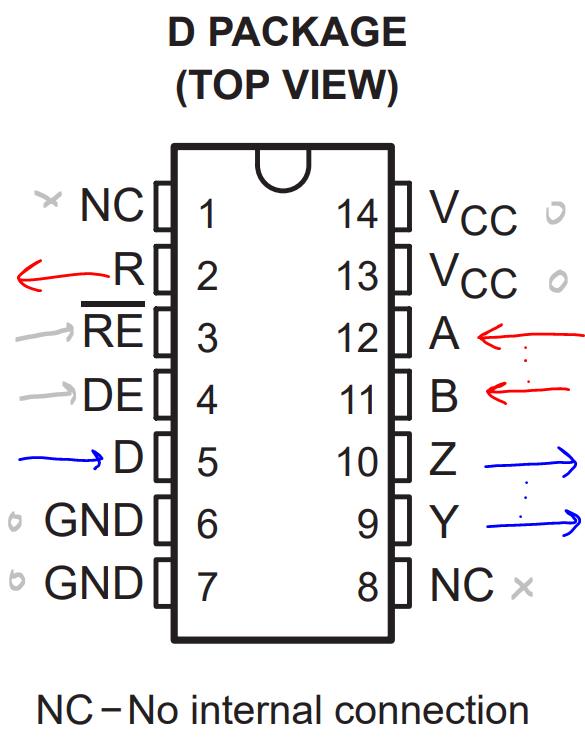Part Number: SN65LBC180-Q1
Hello team,
My customer has a question for output voltage range of SN65LBC180-Q1. Can you provide us the below information?
When VCC = 5V, D = 3.3V is input, please tell us the normal output voltage range (min ~ max) of the A, B, Y, Z, R terminals.
Best regards,
Shotaro


